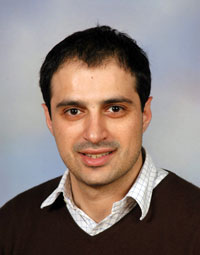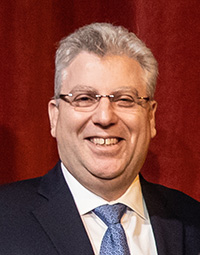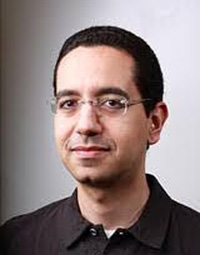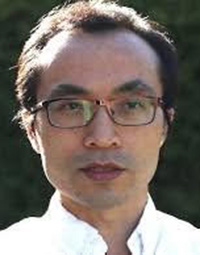George Samaras
George Samaras was a Professor of Computer Science at the University of Cyprus. He
obtained his B.Sc. degree in Mathematics at the University of Athens, Greece (1982) and
an M.Sc. and Ph.D. in Computer Science from Rensselaer Polytechnic Institute, USA, in
1989 and 1985 respectively. He was previously at IBM Research Triangle Park, USA and
taught at the University of North Carolina at Chapel Hill (adjunct Assistant Professor,
1990-93). He served as the lead architect of IBM's distributed commit architecture
(1990-94) and co-authored the final publication of the architecture (IBM Book,
SC31-8134-00, September 1994). He also served on IBM's internal international standards
committees for issues related to distributed transaction processing (OSI/TP, XOPEN,
OMG). He obtained more than 4000 citations and an h-index of 30 in a variety of
complementary
fields, including Data Management, Human Centered Computing, Adaptive Cognitive Systems,
Mobile and Pervasive Computing and Personalization/Adaptation. Prof. Samaras died on
July 30th, 2018 at the age of only 60 years.
Data Management is concerned with the principles, techniques and applications of database
management
systems and data management technology. The anticipated audience of this event includes software
developers, academic and industrial researchers, practitioners, users, and students.
More











